Distracted Driving
Here’s Why You Should pay Attention3,450
Number of fatalities in America in 2016 due to distracted driving (NHTSA)




Kate Morgan remembers the incident vividly. She was driving to her parents’ house in suburban New Jersey, alone, with her cell phone on her lap.
It was around 10 p.m. “I’m not even sure exactly who I was texting, but it definitely wasn’t important,” recalls Morgan, a Pennsylvania-based journalist who was a teenager at the time. But she clearly recollects what happened next: The road beneath her curved, while she continued to drive straight. By the time she looked up, just a couple of seconds later, her car was hurtling onto someone’s lawn and crashing into a mailbox—which went flying over the hood of her station wagon.
She was uninjured but horribly shaken. “On an average afternoon, the front lawns on that street are full of kids. I know how bad it could have been,” says Morgan (who paid the homeowner for the damage).
“I don’t text and drive anymore.”
By The Numbers
Stories like Morgan’s—many of which end far more tragically—are all too common these days. The statistics are grave and alarming: Distracted driving was the cause of 3,450 American deaths in 2016, as well as 391,000 injuries in 2015, according to the National Highway Traffic Safety Administration (NHTSA).
Yet many people continue the practice. A study published in the Proceedings of the National Academy of Sciences (PNAS) found that American drivers engage in distracting activities more than 50 percent of the time they’re behind the wheel—effectively doubling their crash risk.
That risk translates into accidents. The same study concludes that 4 million of the 11 million crashes that occur in the U.S. every year would potentially be avoided if we could eliminate distraction.
“Make no mistake,” says Maureen Vogel, a representative for the National Safety Council (NSC). “Distracted driving is an epidemic.”
3,450
Number of fatalities in America in 2016 due to distracted driving (NHTSA)
36%
Potential amount of crashes in the U.S. each year that could be avoided if we eliminate distraction (PNAS)

36%
Potential amount of crashes in the U.S. each year that could be avoided if we eliminate distraction (PNAS)

“DISTRACTED DRIVING IS AN EPIDEMIC.”
—MAUREEN VOGEL, National Safety Council
DISTRACTING THINGS WE ALL DO
It’s not just cell phones that can distract us. All of these (perfectly legal) activities have caused accidents—take extra caution.

Quiz:
Do You Know The Facts?
Q: What’s the most common distracting behavior of drivers at a stoplight?
REVEAL ANSWER
A: Eating & drinking
Source: IIHS
Q: Reaching for, answering, or dialing a cell phone increases the risk of a crash (or near crash) by how much?
REVEAL ANSWER
A: Any of them triples your risk.
Source: IIHS
Q: How many teens who text say they have texted while driving?
REVEAL ANSWER
A: One in three. It increases their risk of a crash 23 times.
Source: NHTSA
Q: Which passengers cause teens to exhibit the riskiest behaviors? Family, friends, or no passengers?
REVEAL ANSWER
A: Friends, especially when there are two or more.
Source: NHTSA

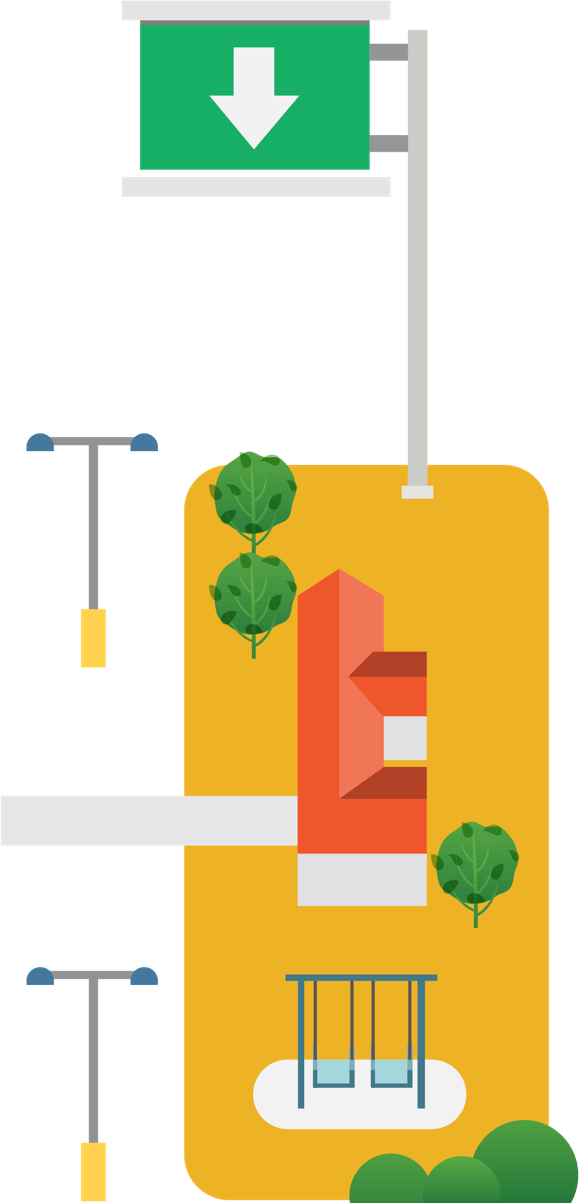
Video: Avoiding Your Cell Phone While Driving
Play Button
More: Managing Emotions While Driving
Play Button
More: Managing Passengers While Driving



“THERE’S A DANGEROUS SORT OF CULTURAL COMPLACENCY THAT’S OVERTAKEN US, ESPECIALLY WHEN IT COMES TO USING OUR DEVICES.”
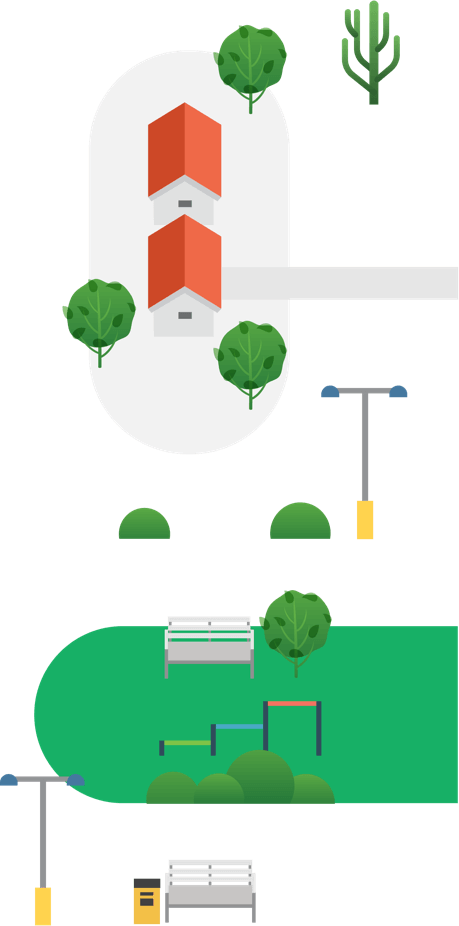
FIGHT THE DISTRACTION
Before you start driving, put the phone on silent and stow it out of reach; or give it to a co-pilot.
FIGHT THE DISTRACTION
Any extreme emotion can cause tunnel vision. If you’re feeling angry, sad or stressed, don’t get behind the wheel. If you’re already driving, find a safe place to pull over and park until you feel better.
FIGHT THE DISTRACTION
Assign seats and roles to your passengers before getting in the car, to minimize potential distractions. Always secure pets in a crate or a backseat restraint.
 New message! READ NOW
New message! READ NOW
“Hey, I just got into town. What are you up to tonight? Want to grab a bite then go see a movie?” READ NEXT
“If you had been reading this while driving 55 mph, you would have traveled the length of a football field.”
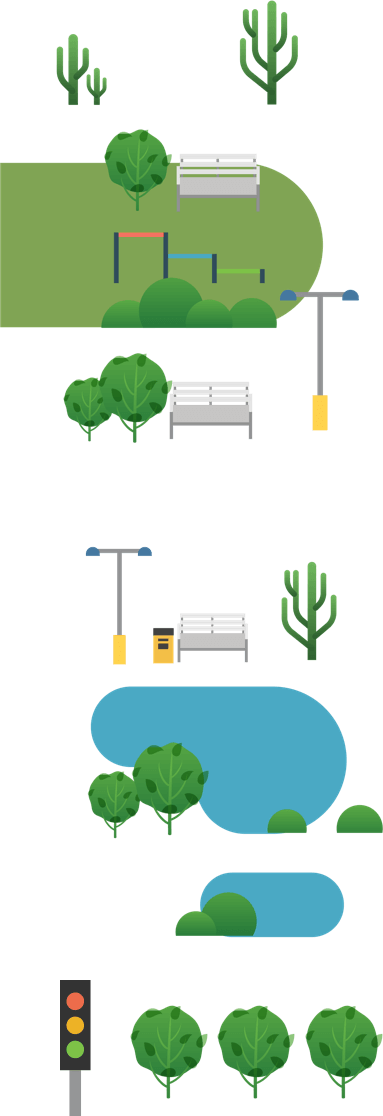
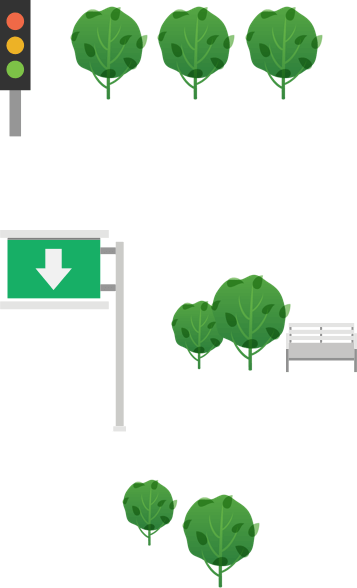

CELL PHONE BANS: STATE LAWS
Although distracted driving is uniformly discouraged across the country, cell phone usage laws vary from state to state. Check out the hand-held usage laws for each state provided by the Insurance Institute for Highway Safety (IIHS).



 Change Starts Now
The NSC’s Vogel feels hopeful about all the efforts to combat this epidemic; and encouragingly, NHTSA reports that distracted-driving fatalities in 2016 dropped slightly (2.2 percent) from the previous year. “Someday we’re going to look back at distracted driving and feel the same way about it as we do now about drunk driving,” Vogel says. “We’re going to wonder how we ever let it happen at all.”
But Vogel also feels that getting to this point will require more effort, starting with taking personal responsibility for our own driving behavior. “There’s a dangerous sort of cultural complacency that’s overtaken us, especially when it comes to using our devices,” she says. “We want to be safe—but we also want to be able to pick up our cell phones whenever they ring.”
“We all need to do our part to address this disconnect,” says Vogel. “Before we take the wheel, we should all make sure we look in the mirror and take personal responsibility for our driving habits. We do not want others to be distracted. We should make sure we aren’t distracted ourselves.”
Illustrations by Jing ZhangIllustrations by Sarah Gold
Change Starts Now
The NSC’s Vogel feels hopeful about all the efforts to combat this epidemic; and encouragingly, NHTSA reports that distracted-driving fatalities in 2016 dropped slightly (2.2 percent) from the previous year. “Someday we’re going to look back at distracted driving and feel the same way about it as we do now about drunk driving,” Vogel says. “We’re going to wonder how we ever let it happen at all.”
But Vogel also feels that getting to this point will require more effort, starting with taking personal responsibility for our own driving behavior. “There’s a dangerous sort of cultural complacency that’s overtaken us, especially when it comes to using our devices,” she says. “We want to be safe—but we also want to be able to pick up our cell phones whenever they ring.”
“We all need to do our part to address this disconnect,” says Vogel. “Before we take the wheel, we should all make sure we look in the mirror and take personal responsibility for our driving habits. We do not want others to be distracted. We should make sure we aren’t distracted ourselves.”
Illustrations by Jing ZhangIllustrations by Sarah Gold




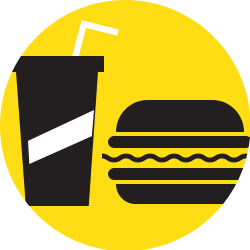 EATING & DRINKING
EATING & DRINKING
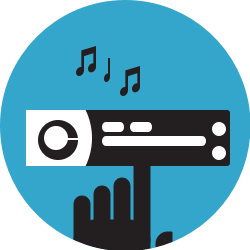 CHANGING RADIO STATIONS
CHANGING RADIO STATIONS
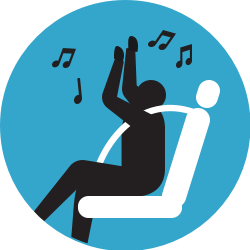 DANCING IN SEAT
DANCING IN SEAT
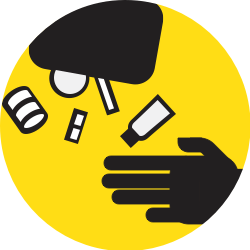 REACHING FOR AN OBJECT
REACHING FOR AN OBJECT
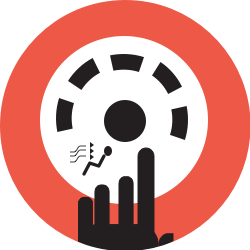 ADJUSTING CLIMATE CONTROL
ADJUSTING CLIMATE CONTROL
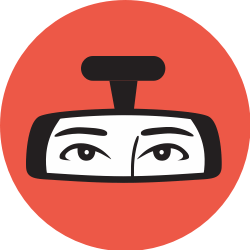 HAIR & MAKEUP
HAIR & MAKEUP
walt says,
I pledge to not text and drive.
Deno S. says,
Awesome information to be on your mind at all times, these are simple rules to follow… this is so important for anyone who get behind the wheel of any vehicle.. You put you life at risk anytime you allow yourself to be distracted. Defensive Driving is serious business for everyone!
Mark L says,
The state of Texas has road signs to communicate to drivers. Sometimes they are helpful and improve safety. For example, “lane closure 1/2 mile ahead, 2 right lanes”.
When there is nothing of this nature to post, they will post slogans like “Drink and drive, go to jail”. Another common post is “Silver alert, male, 2018 white Chevrolet pick up, license number ABC-xxxx, call 911.
When these flash on the highway when the speed limit is 65+ MPH and Dallas traffic is heavy, I feel very DISTRACTED. They cause many vehicle brake lights to illuminate, increasing congestion and risk for collision or pile ups. Since they are from a highway authority, I feel compelled to read them in case there is a safety issue ahead. The state/county/city should turn the electronic signs OFF when not needed for safety on the road now.
Diana J Tanner says,
You provided a lot of good info but I think there’s something missing. Personally I think the devices for DUI offenders to use in order to start their car is a hazardous item, especially the one’s that give random tests while the car is in motion. I had one for 12 months and had many close calls because it alerts the driver that a test is coming up and the driver has to reach down to the floor in front of the passenger seat and feeling around in what may be a dark car for the device and the actual test procedure is complicated itself and must be repeated over and over until it is done correctly and you are only given a certain amount of time. So it causes both distraction and anxiety. I can barely believe that too device was ever approved. Anytime I had a passenger with me they were shocked by the problems this device caused.
brandi blaylock says,
its always great to be reminded of things. this was a great read, thank you.
Bonnie Anne Jordan says,
Always good to be reminded of the issues in the videos. Thank you for this.
Paul Mercurio says,
Very informative
Evan T Washington says,
What a informative read.
Belinda Diggs says,
Very information on driving 🚗 Very helpful 👍 learn a lot and I’ll pass it on.
Thelma Lee says,
Thank you so much
I will share this information
Syneita says,
Everything on distraction concerning safety was right on point thank you
jaylin freeman says,
this was very good to read ive learned a lot from it and to never be distracted and what to do to prevent it
Syneita Plowden says,
Yes good point very informative
Richard Spilman says,
I always drive respectfully its a machine. My car is necessary for me and wife to live.
Syneita Plowden says,
Family is everything